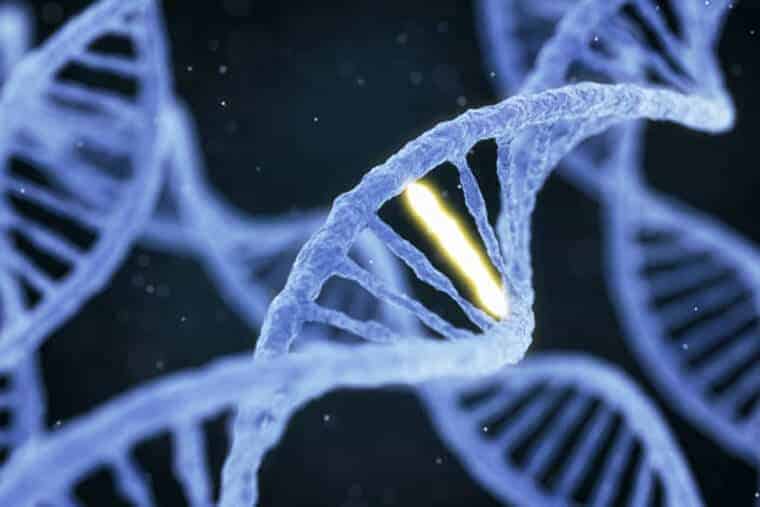Researchers at McMaster University have established a way to harness DNA as the engine of a microscopic “machine” they can turn on to detect trace amounts of substances that range from viruses and bacteria to cocaine and metals.
“It’s a completely new platform that can be adapted to many kinds of uses,” says John Brennan, director of McMaster’s Biointerfaces Insitute and co-author of a paper in the journal Nature Communications that describes the technology. “These DNA nano-architectures are adaptable, so that any target should be detectable.”
DNA is best known as a genetic material, but is also a very programmable molecule that lends itself to engineering for synthetic applications.
The new method shapes separately programmed pieces of DNA material into pairs of interlocking circles.
The first remains inactive until it is released by the second, like a bicycle wheel in a lock. When the second circle, acting as the lock, is exposed to even a trace of the target substance, it opens, freeing the first circle of DNA, which replicates quickly and creates a signal, such as a colour change.
“The key is that it’s selectively triggered by whatever we want to detect,” says Brennan, who holds the Canada Research Chair in Bioanalytical Chemistry and Biointerfaces. “We have essentially taken a piece of DNA and forced it to do something it was never designed to do. We can design the lock to be specific to a certain key. All the parts are made of DNA, and ultimately that key is defined by how we build it.”
The idea for the “DNA nanomachine” comes from nature itself, explains co-author Yingfu Li, who holds the Canada Research Chair in Nucleic Acids Research.
“Biology uses all kinds of nanoscale molecular machines to achieve important functions in cells,” Li says. “For the first time, we have designed a DNA-based nano-machine that is capable of achieving ultra-sensitive detection of a bacterial pathogen.”
The DNA-based nanomachine is being further developed into a user-friendly detection kit that will enable rapid testing of a variety of substances, and could move to clinical testing within a year.
John Brennan is available at [email protected] and 905-525-9140, ext. 20706.
Yingfu Li is available at [email protected] and 905-525-9140, ext. 22462.
A copy of the paper is available here.
McMaster provides a high-definition broadcast studio that can connect with any television broadcaster around the world. To book an interview, please contact:
Wade Hemsworth
Media Relations Manager
905-525-9140 ext. 27988
C: 289-925-8382
Michelle Donovan
Media Relations Manager
905-525-9140 ext. 22869
C: 905-512-8548


